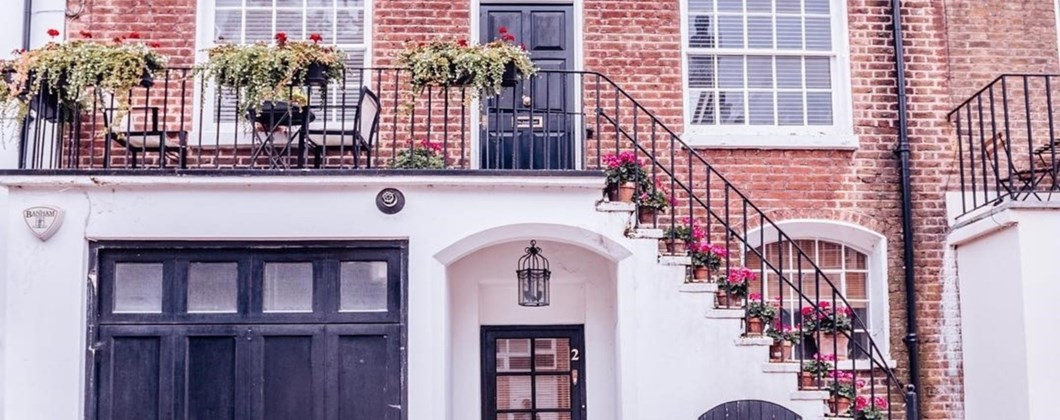The Mandatory HMO Licensing Changes

On 1st October 2018, The Licensing of Houses in Multiple Occupation (Prescribed Description) Order 2018 replaced the previous 2006 regulation of the same name. The aim of this housing rental standards is to provide protection to around 850,000 people in privately rented homes from poor living conditions and overcrowding.
Rules application
All landlords that possess a licence for renting out property considered to be a house in multiple occupation (HMO) have to comply with these rules (when property is rented out by at least three people who are not from one household), however share certain living spaces.
Previous to this update, the rules only applied to properties of three or more storeys unlike now that all properties will be covered.
Criteria to classify a large HMO:
- The home is rented to five or more people who form more than one household.
- Some or all tenants share certain living spaces.
- At least one of the tenants pays rent.
Landlords have to meet with the following standards when applying for an HMO license:
- Suitability of the house in terms of size and facilities
- The landlord or agent have no criminal record or breach of landlord laws or practice code.
- Landlord has to send the council an updated gas safety certificate each year, installs and maintains smoke alarms, and can provide safety certificates for electrical appliances if requested. Even if you are confident in the classification of your property, always check to be sure whether you need a licence when renting out an HMO. Licences are valid for five years and must be renewed before they run out. You need a separate licence for each HMO that you run. If you rent out an unlicensed HMO that should be licensed, the fine amount is unlimited.
Click here to apply for an HMO licence
Overview of the Order
Previously, landlords were asked to apply for an HMO licence from their local authority if they met the previously mentioned criteria and their property was more than three storeys. Unlike the previous rules, the new ones indicate that the order applies to all applicable properties, regardless of storeys.
Criteria new rules have to follow:
- All rooms used as a sleeping accommodation for someone over the age of 10 years must have a floor area of at least 6.5 square metres.
- All rooms used as sleeping accommodations for someone under the age of 10 years must have a floor area of at least 4.64 square metres.
- Rooms with less than 4.64 square metres are not considered bedrooms and landlords must inform their local authority if their HMO properties possess any such rooms
- Any single room used as a bedroom for two people over the age of 10 years must have a floor area of at least 10.22 metres.
- When calculating the floor area of a room, any part of the room where the height of the ceiling is less than 1.5 metres cannot be considered in the final measurement.
- Sleeping accommodation rooms should not exceed the maximum number of people permitted for its use.
- Rooms used for sleeping may not be used with other purposes.
- Tenants must have suitable rubbish storing areas outside their home.
- If a previously compliant HMO licence holder is in breach of any of these rule changes, the local authority must inform, 18 months in advance, the licence holder and provide them with a set amount of time to solve the situation.
Objectives of the HMO Licensing Changes
These rule changes are essentially aimed to avoid any outliers refraining from their responsibilities and duties. The majority of landlords do offer decent living accommodations.
Housing Minister Heather Wheeler MP said ‘everyone renting a home has the right to expect it is maintained to a decent standard’. Prior to the order, there were around 60,000 licensable HMOs.
This rule change requires an additional 170,000 properties to become licensed ensuring that more tenants benefit from better living accommodations in the country.
